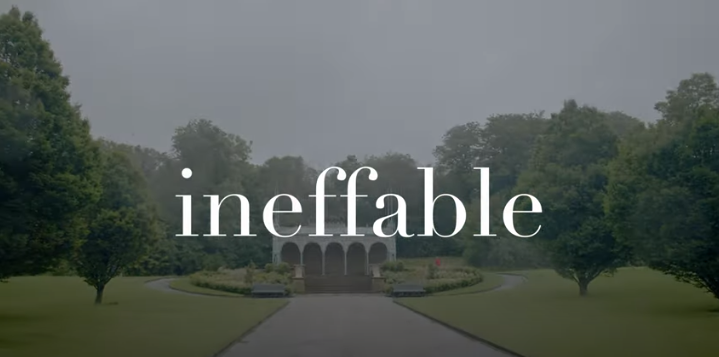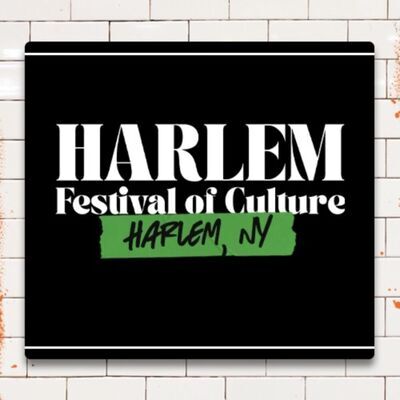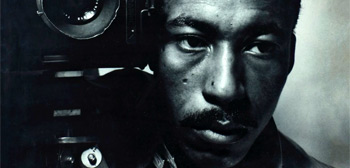Brusher Mills Grave in Brockenhurst, England

Born as Harry Mills in 1840, Brusher Mills earned his nickname due to the fact that he was a frequent sight at local cricket matches where he would sweep, or brush, the pitch between innings.
However, it was another community-spirited occupation that earned Brusher the status of a local celebrity in his home of the New Forest, where he lived a rustic lifestyle in the forest as a snake catcher and medicine man.
Mills spent almost 30 years living in the forest where, from his hut, he would catch two of Britain’s three native species of snake, adders and grass snakes. Using only a sack and forked stick, Mills cleared local properties of snakes and captured those that roamed the region
Once captured and collected, Mills used his reptilian reaping to make treatments for a variety of ailments, from bites and bruises, to aches and arthritis. He would extract the oils and fats from the snakes before selling them to visitors and tourists, alongside the skeletons for collectors. Mills additionally supplied snakes to the London Zoo who would use them to feed their birds of prey. Clearly a busy man, in a rather exclusive occupation, it’s believed Mills captured thousands of snakes during his career.
By the time he passed away in 1905, Mills was already a legendary figure in the minds of the local community. He is remembered by his headstone, donated by local fans and friends, which stands in St Nicholas parish churchyard in Brockenhurst where Mills is buried. The carved marble memorial depicts Mills in his signature wide-brimmed hat, standing outside his hut and proudly clutching a brimming handful of snakes
Mills’s legacy is also kept alive in part by a local pub, the Railway Inn, who changed their name to The Snakecatcher in honor of Mills who was a frequent customer. Legend has it that Mills once cleared the bar by emptying his bag of snakes among the patrons, dispersing them rapidly to ensure he would get served quickly.





